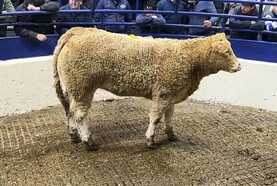The UK government has begun work on a new TB eradication strategy for England, which aims to end badger culling and continue to drive down rates of the disease within cattle.
In the last 10 years, over 278,000 cattle were slaughtered due to TB and over 230,000 badgers were culled in TB hotspot areas, mainly in the south and southwest. Disease statistics suggest that badger culling has had a positive impact, with new TB breakdowns at their lowest level in 20 years.
Despite that, the new Labour government has said it will stop badger culling, although this isn’t happening immediately, with a commitment to conclude the policy by “the end of this Parliament”.
As part of the process to end the cull, a badger population survey is to be undertaken to assess the impact culling has had over the last decade, while a national surveillance programme will look at TB prevalence in badgers and other wildlife, such as deer.
In addition, the rollout of badger vaccination is to be increased “at pace”, while work is to continue on a cattle vaccine, with field trials to commence “in the coming months”. That work on a cattle vaccine has been ongoing for a number of years and mainly centres on the development of a test that can differentiate between cattle that are vaccinated and those that have the disease.
Publish
The UK government has also confirmed that it will publish additional information on the disease status of cattle herds in England, which will inform cattle purchasers about the most recent TB test in the herd of origin.






 This is a subscriber-only article
This is a subscriber-only article










SHARING OPTIONS: